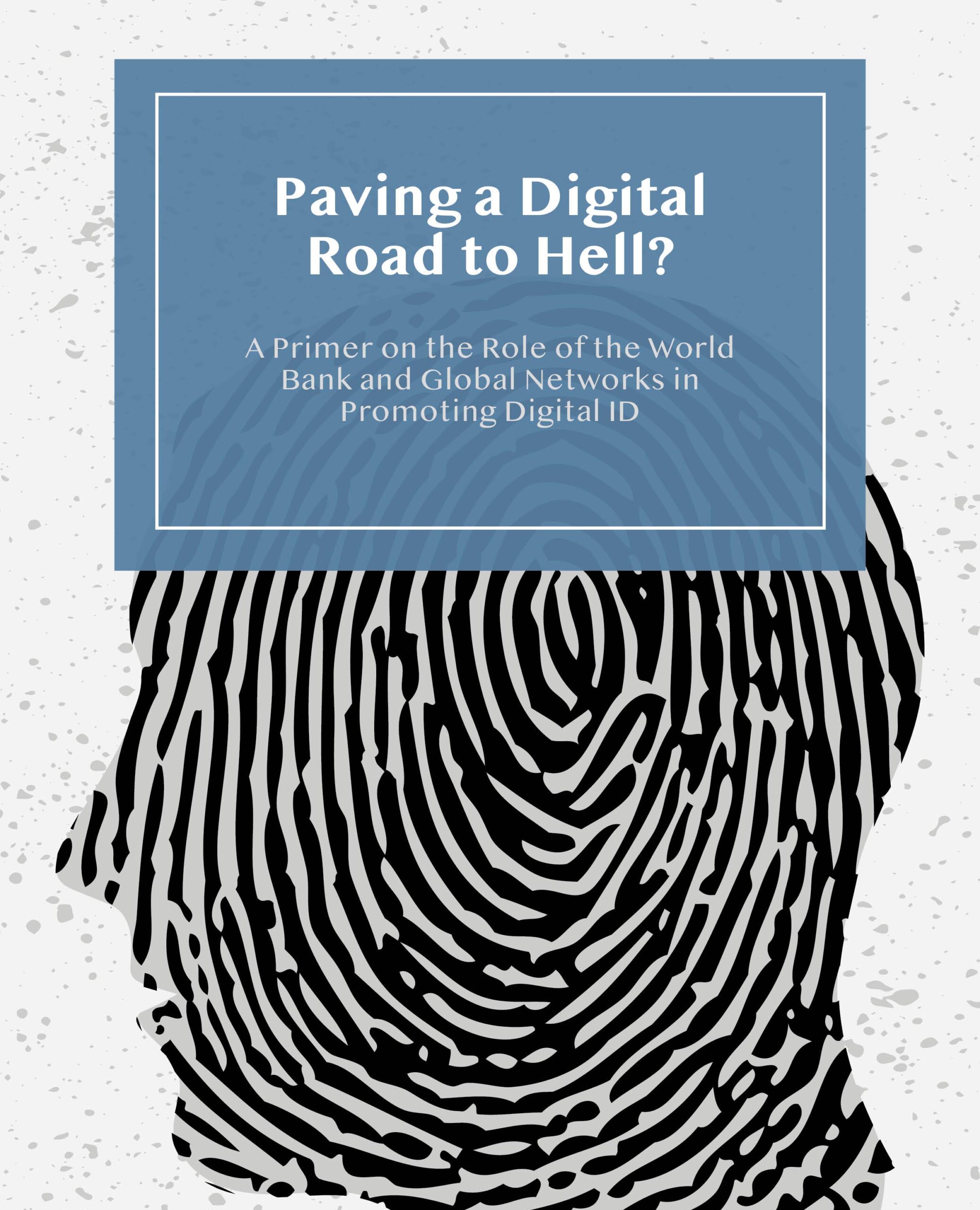On February 23, 2022, we hosted the tenth event of the Transformer States Series on Digital Government and Human Rights, titled “Surveillance of the Poor in Singapore: Poverty in ‘Smart City’.” Christiaan van Veen and Victoria Adelmant spoke with Dr. Monamie Bhadra Haines about the deployment of surveillance technologies as part of Singapore’s “smart city” initiative. This blog outlines the key themes discussed during the conversation.
The smart city in the context of institutionalized racial hierarchy
Singapore has consistently been hailed as the world’s leading smart city. For a decade, the city-state has been covering its territory with ubiquitous sensors and integrated digital infrastructures with the aim, in the government’s words, of collecting information on “everyone, everything, everywhere, all the time.” But these smart city technologies are layered on top of pre-existing structures and inequalities, which mediate how these innovations are experienced.
One such structure is an explicit racial hierarchy. As an island nation with a long history of multi-ethnicity and migration, Singapore has witnessed significant migration from Southern China, the Malay Peninsula, India, and Bangladesh. Borrowing from the British model of race-based regulation, this multi-ethnicity is governed by the post-colonial state through the explicit adoption of four racial categories – Chinese, Malay, Indian and Others (or “CMIO” for short) – which are institutionalized within immigration policies, housing, education and employment. As a result, while migrant workers from South and Southeast Asia are the backbone of Singapore’s blue-collar labor market, they occupy the bottom tier of the racial hierarchy; are subject to stark precarity; and have become the “objects” of extensive surveillance by the state.
The promise of the smart city
Singapore’s smart city initiative is “sold” to the public through narratives of economic opportunities and job creation in the knowledge economy, improving environmental sustainability, and increasing efficiency and convenience. Through collecting and inter-connecting all kinds of “mundane” data – such as electricity patterns, data from increasingly-intrusive IoT products, and geo-location and mobility data – into centralized databases, smart cities are said to provide more safety and convenience. Singapore’s hyper-modern technologically-advanced society promises efficient and seamless public services, and the constant technology-driven surveillance and the loss of a few civil liberties are viewed by many as a small price to pay for such efficiency.
Further, the collection of large quantities of data from individuals is promised to enable citizens to be better connected with the government; while governments’ decisions, in turn, will be based upon the purportedly objective data from sensors and devices, thereby freeing decision-making from human fallibility and rendering it more neutral.
The realities: disparate impacts of smart city surveillance on migrant workers
However, smart cities are not merely economic or technological endeavors, but techno-social assemblages that create and impact different publics differently. As Monamie noted, specific imaginations and imagery of Singapore as a hyper-modern, interconnected, and efficient smart city can obscure certain types of racialized physical labor, such as the domestic labor of female Southeast-Asian migrant workers.
Migrant workers are uniquely impacted by increasing digitalization and datafication in Singapore. For years, these workers have been housed in dormitories with occupancy often exceeding capacity, located in the literal “margins” or outskirts of the city: migrant workers have long been physically kept separate from the rest of Singapore’s population within these dormitory complexes. They are stereotyped as violent or frequently inebriated, and the dormitories have for years been surveilled through digital technologies including security cameras, biometric sensors, and data from social media and transport services.
The pandemic highlighted and intensified the disproportionate surveillance of migrant workers within Singapore. Layered on top of the existing technological surveillance of migrants’ dormitories, a surveillance assemblage for COVID-19 contact tracing was created. Measures in the name of public health were deployed to carefully surveil these workers’ bodies and movements. Migrant workers became “objects” of technological experimentation as they were required to use a multitude of new mobile-based apps that integrated immigration data and work permit data with health data (such as body temperature and oximeter readings) and Covid-19 contact tracing data. The permissions required by these apps were also quite broad – including access to Bluetooth services and location data. All the data was stored in a centralized database.
Even though surveillant contact-tracing technologies were later rolled out across Singapore and normalized around the world, the important point here is that these systems were deployed exclusively on migrant workers first. Some apps, Monamie pointed out, were indeed only required by migrant workers, while citizens did not have to use them. This use of interconnected networks of surveillance technologies thus highlights the selective experimentation that underpins smart city initiatives. While smart city initiatives are, by their nature, premised on large-scale surveillance, we often see that policies, apps, and technologies are tried on individuals and communities with the least power first, before spilling out to the rest of the population. In Singapore, the objects of such experimentation are migrant workers who occupy “exceptional spaces” – of being needed to ensure the existence of certain labor markets, but also of needing to be disciplined and regulated. These technological initiatives, in subjecting specific groups at the margins to more surveillance than the rest of the population and requiring them to use more tech-based tools than others, serve to exacerbate the “othering” and isolation of migrant workers.
Forging eddies of resistance
While Monamie noted that “activism” is “still considered a dirty word in Singapore,” there have been some localized efforts to challenge some of the technologies within the smart city, in part due to the intensification of surveillance spurred by the pandemic. These efforts, and a rapidly-growing recognition of the disproportionate targeting and disparate impacts of such technologies, indicate that the smart city is also a site of contestation with growing resistance to its tech-based tools.



